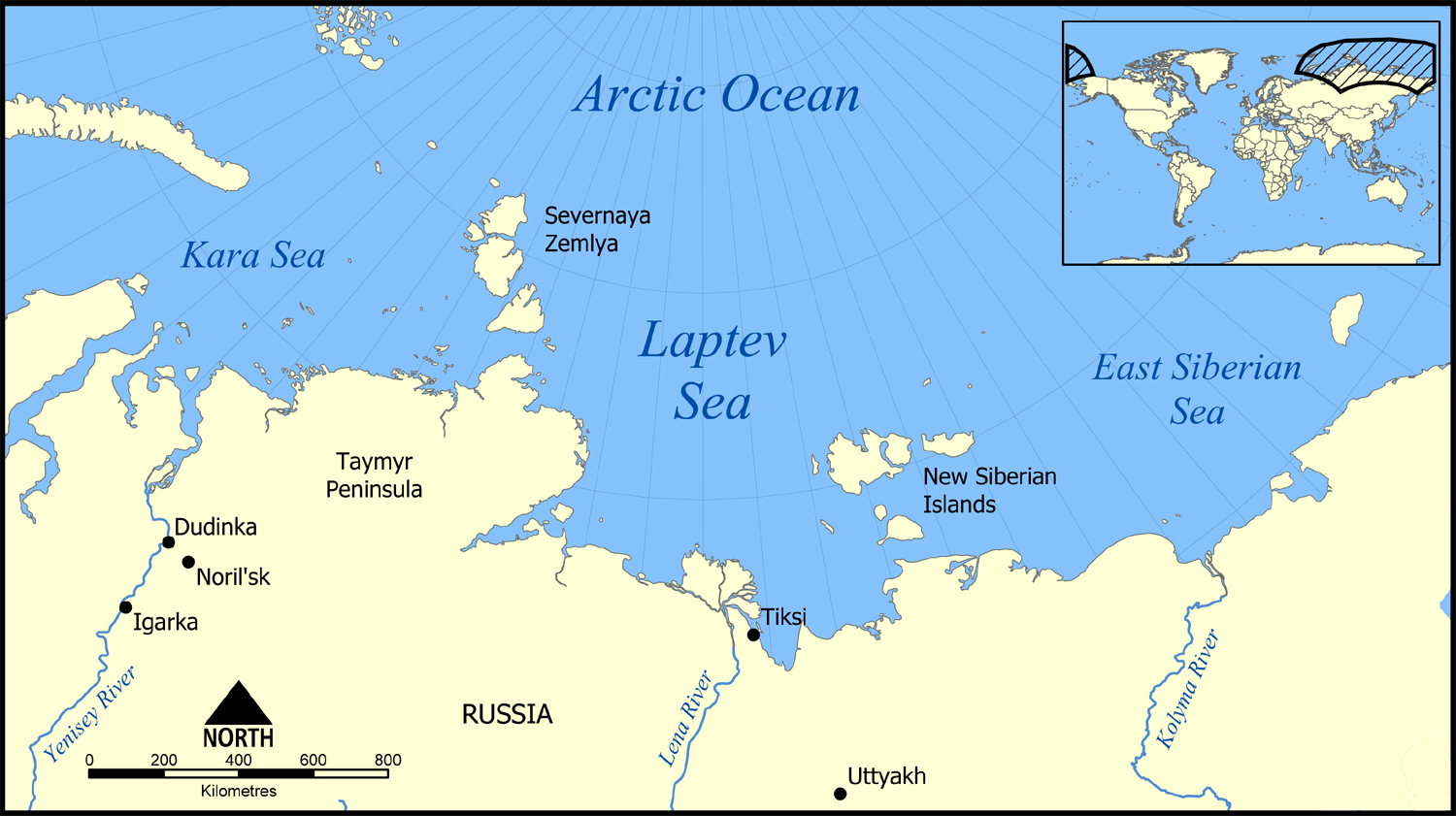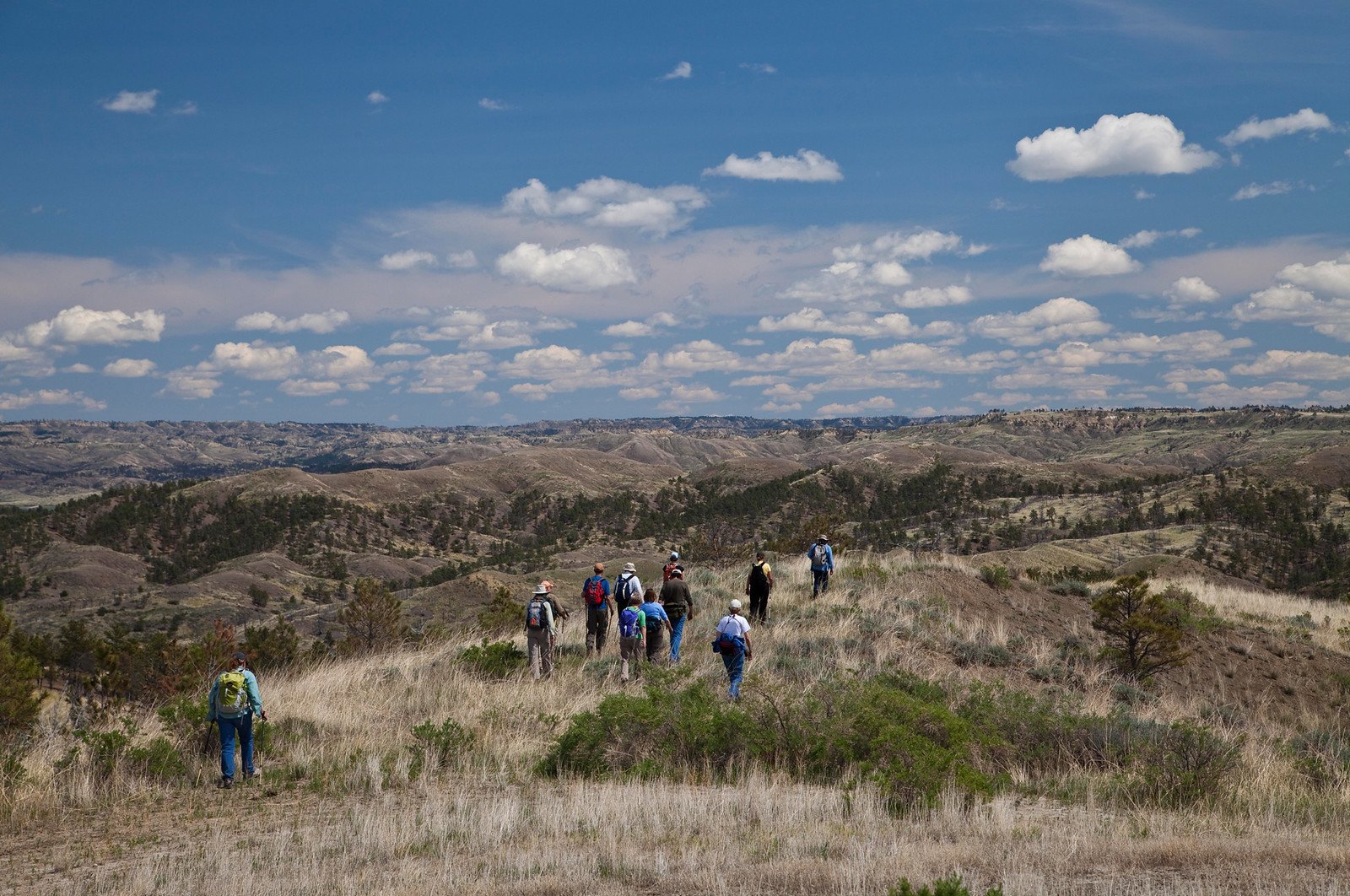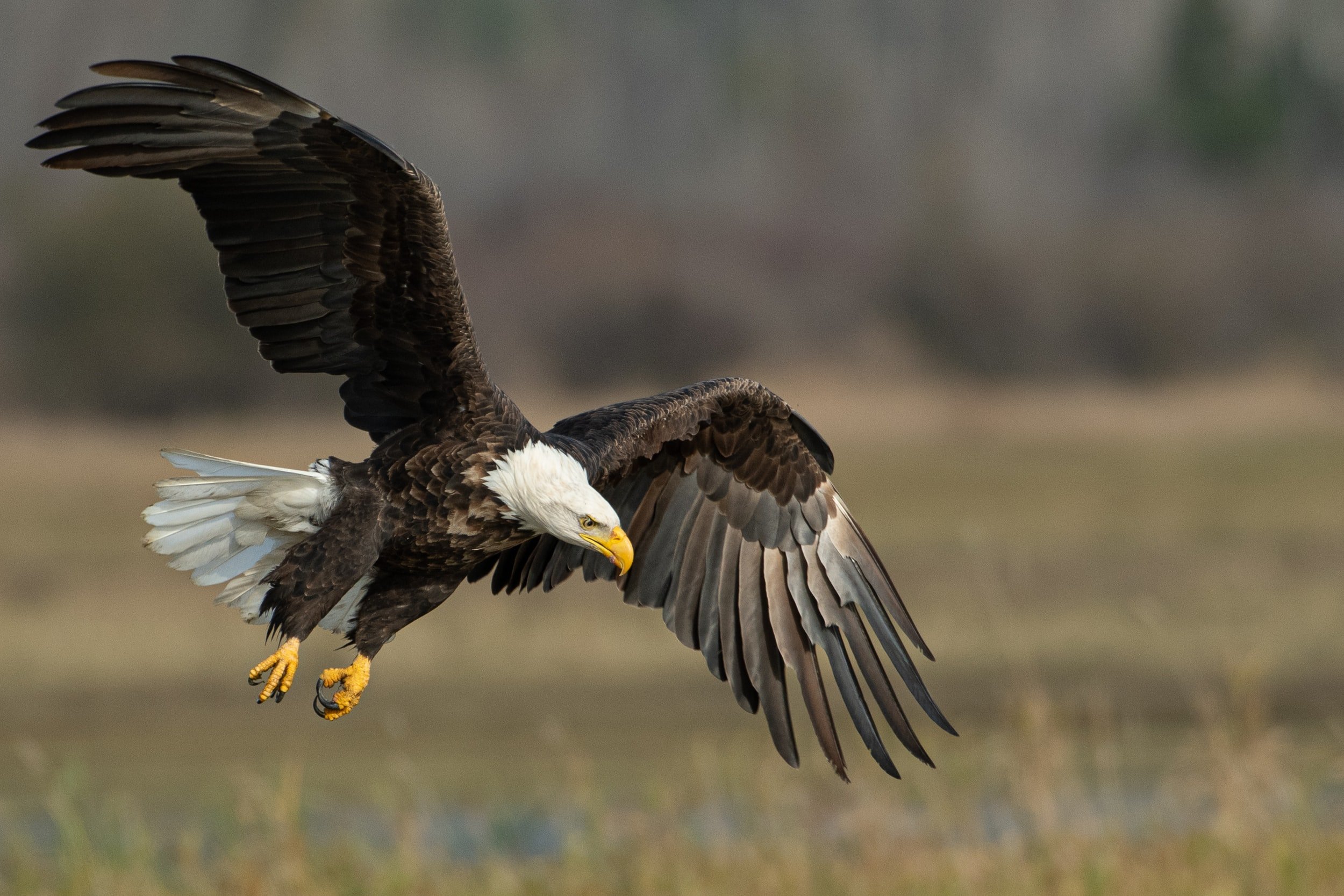A face of global biodiversity conservation efforts as recognizable as the panda, tiger, and elephant, polar bears are getting a massive boost with the creation of a strictly-conserved “National Marine Nature Reserve” on the islands of Medvezhyi in the East Siberian Sea, Russia, where there has never been any permanent commercial occupation, and where arctic wildlife exists unchanged as it has for thousands of years.
Established on June 30th with guidance and planning from the Minister of the Environment, Natural Resources, and Forestry of the Republic of Sakha, as well as WWF Russia, the reserve contains 3,145 square miles (8,155 square kilometers) — around the size of Yellowstone Park, and about half of which is coastal waters.
The archipelago of 6 islands situated at the mouth of the Kolyma River contains the largest recorded concentration of polar bear dens anywhere from the Taymyr Peninsula on Russia’s north-central arctic coast, to Wrangell Island near Alaska, and in spring is one of the finest places to study polar bear mothers with their cubs.
One expedition discovered 8 dens, 14 adults and their 11 cubs, who were all well-fed and posed little threat to the negligible numbers of humans who might come in contact with them.
“The name of the Medvezhyi Islands (the Bear Islands) speaks for itself. These islands are important to the conservation of the polar bear and are a popular place for polar bears to give birth. Females and their cubs are especially vulnerable and need extra protection in the spring when they leave their dens,” says Dmitry Gorshkov, Director of WWF-Russia.
Not only is the reserve established to protect the islands and the polar bear habitat, but it also envelopes the seas around it – a vital victory for marine conservation in Russia where only 2.4% of territorial waters are protected federally.
Further still, the reserve also includes parts of the Kolyma tundra on the Russian mainland, and the river estuary which is already recognized as an important site for bird biodiversity. All in all, Bear Islands Nature Reserve is about much more than its namesake.
PICTURED: A map of the north-Russian coast, with Taymyr Peninsula drawing a line across the Arctic Circle to Wrangell Island, the unmarked white island in the east, where one can see the Kolyma River, above which are the Bear Islands. Photo credit: Norman Einstein. CC 3.0.
A land of ice and life
Surrounding the archipelago are waters rich with nursery habitat for all kinds of small fish native to the Arctic’s seas, in addition to marine mammals such as sea lions, bearded and ringed seals, walruses, and beluga whales.
Furthermore, as detailed by WWF Russia press officer Darya Buyanova, the waters “are home to unique, little-studied communities of benthic (sea floor) organisms that have existed here since warmer eras of the past, [and are] being preserved for as many as about seven thousand years”.
“The establishment of the nature reserve around the archipelago will help us not only protect its unique ecosystems but also come closer to the global environmental goal of giving 10 percent of marine areas conservation status,” added Director Gorshkov.
Peregrine falcons, wolves, wolverines, arctic foxes, white-tailed eagles, yellow-billed loons, pink seagulls, and other animals which are listed federally and internationally at the IUCN as vulnerable or endangered still thrive and call the archipelago home, proving that flagship species conservation methods still work, as all these mammals, birds and fish owe their new protected status to the big white bears which gave the islands their name.




